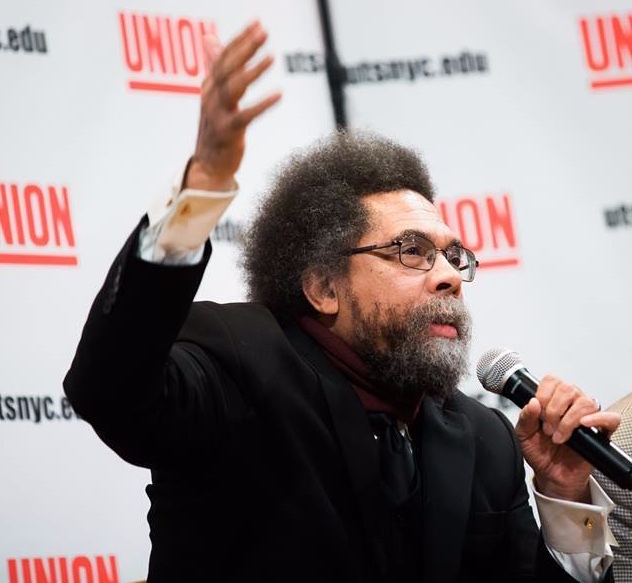
Dear Commons Community,
The New York Times has a featured article this morning entitled, Whatever Happened to IBM’s Watson, that reviews the poor or “humble” performance of IBM’s major push into artificial intelligence and super-cloud computing. Here is an excerpt.
” A decade ago, IBM’s public confidence was unmistakable. Its Watson supercomputer had just trounced Ken Jennings, the best human “Jeopardy!” player ever, showcasing the power of artificial intelligence. This was only the beginning of a technological revolution about to sweep through society, the company pledged.
“Already,” IBM declared in an advertisement the day after the Watson victory, “we are exploring ways to apply Watson skills to the rich, varied language of health care, finance, law and academia.”
But inside the company, the star scientist behind Watson had a warning: Beware what you promise.
David Ferrucci, the scientist, explained that Watson was engineered to identify word patterns and predict correct answers for the trivia game. It was not an all-purpose answer box ready to take on the commercial world, he said. It might well fail a second-grade reading comprehension test.
His explanation got a polite hearing from business colleagues, but little more.
“It wasn’t the marketing message,”
It was, however, a prescient message.
IBM poured many millions of dollars in the next few years into promoting Watson as a benevolent digital assistant that would help hospitals and farms as well as offices and factories. The potential uses, IBM suggested, were boundless, from spotting new market opportunities to tackling cancer and climate change. An IBM report called it “the future of knowing.”
IBM’s television ads included playful chats Watson had with Serena Williams and Bob Dylan. Watson was featured on “60 Minutes.” For many people, Watson became synonymous with A.I.
And Watson wasn’t just going to change industries. It was going to breathe new life into IBM — a giant company, but one dependent on its legacy products. Inside IBM, Watson was thought of as a technology that could do for the company what the mainframe computer once did — provide an engine of growth and profits for years, even decades.
Watson has not remade any industries. And it hasn’t lifted IBM’s fortunes. The company trails rivals that emerged as the leaders in cloud computing and A.I. — Amazon, Microsoft and Google. While the shares of those three have multiplied in value many times, IBM’s stock price is down more than 10 percent since Watson’s “Jeopardy!” triumph in 2011.
The company’s missteps with Watson began with its early emphasis on big and difficult initiatives intended to generate both acclaim and sizable revenue for the company.”
The article goes on to detail many of IBM’s miscalculations. It is a stunning take-down of what was once one of the technology’s industry biggest player.
Tony











